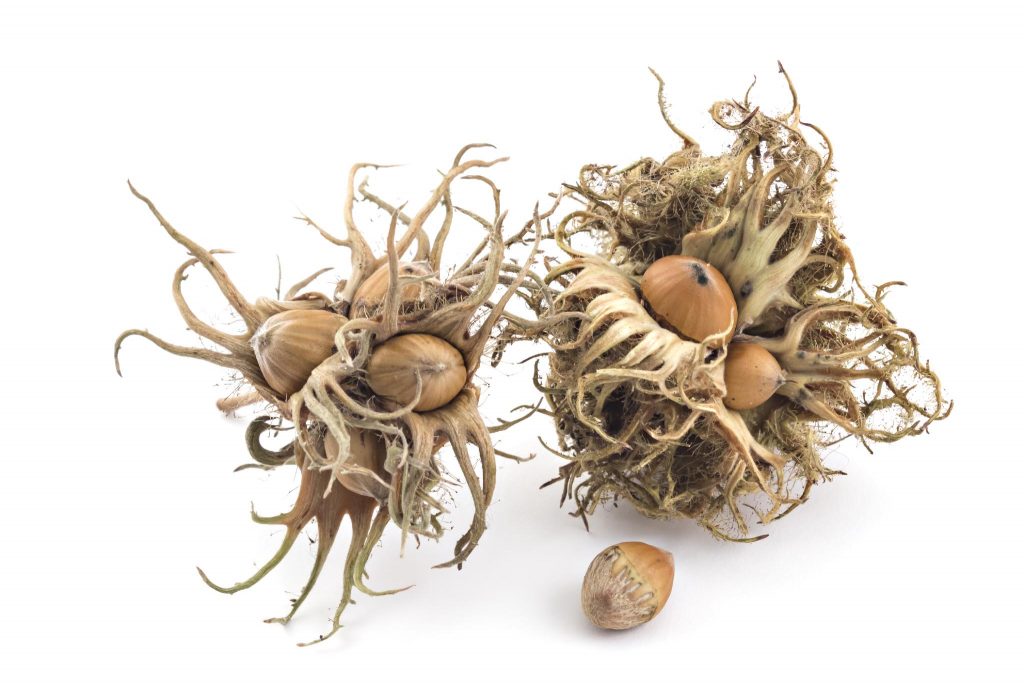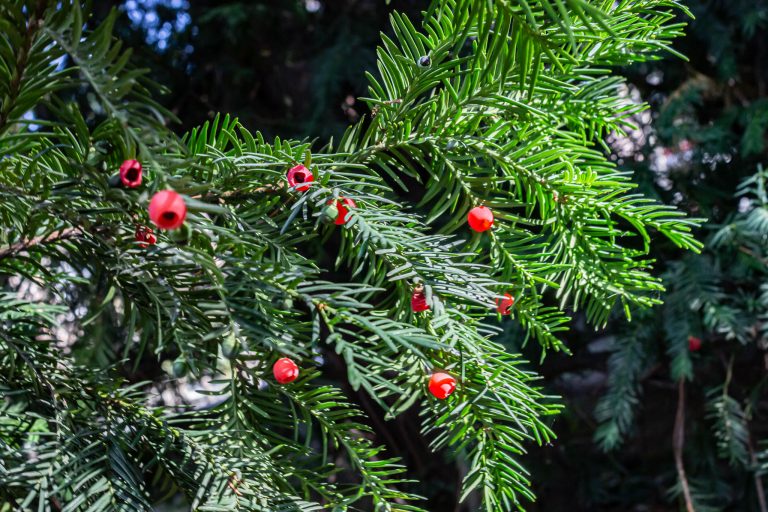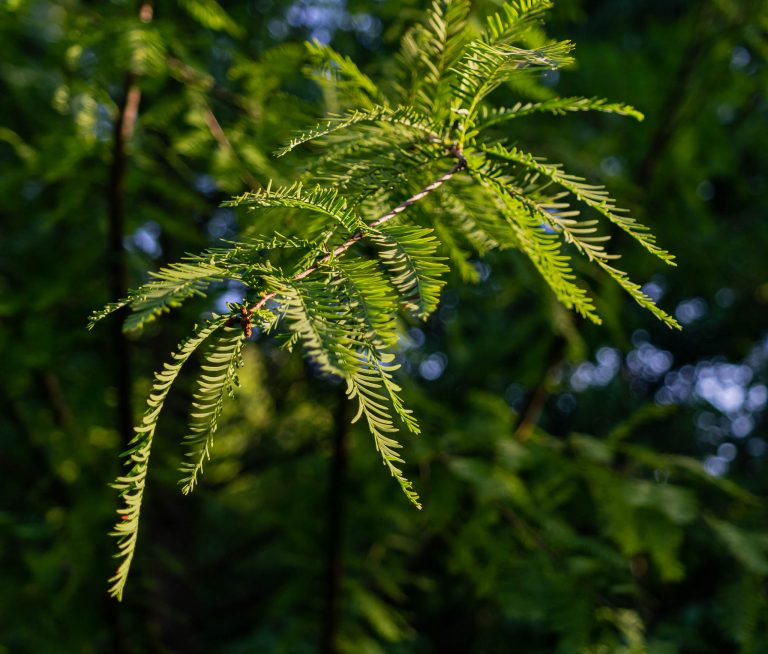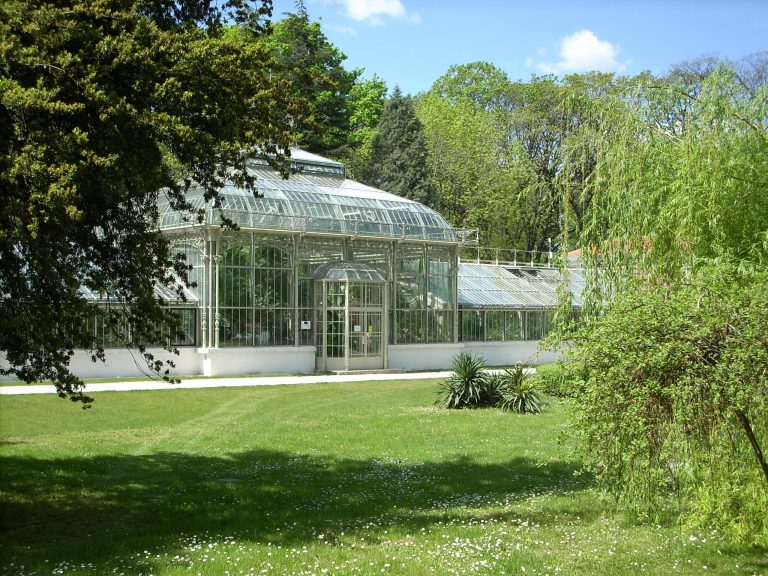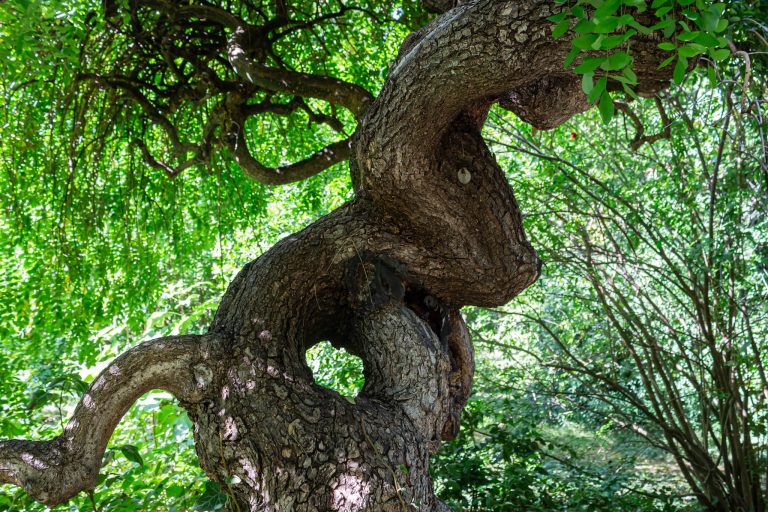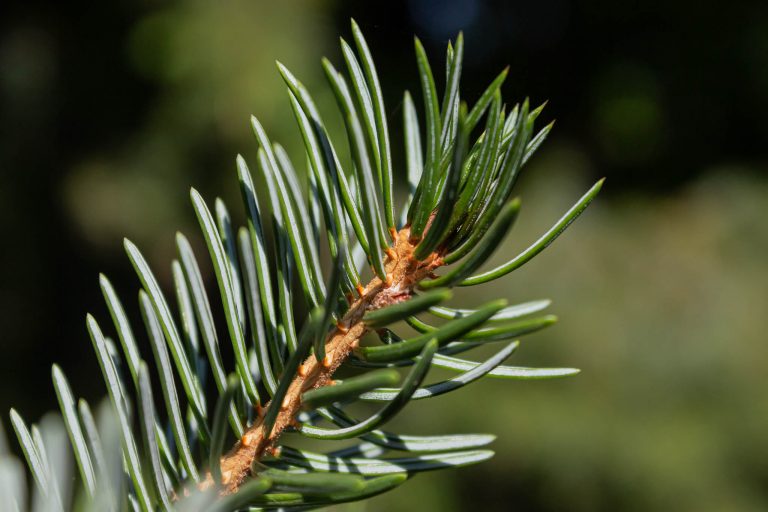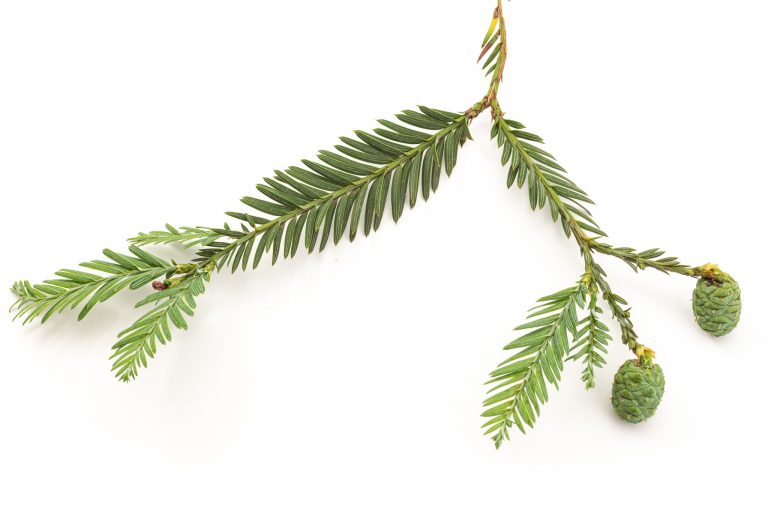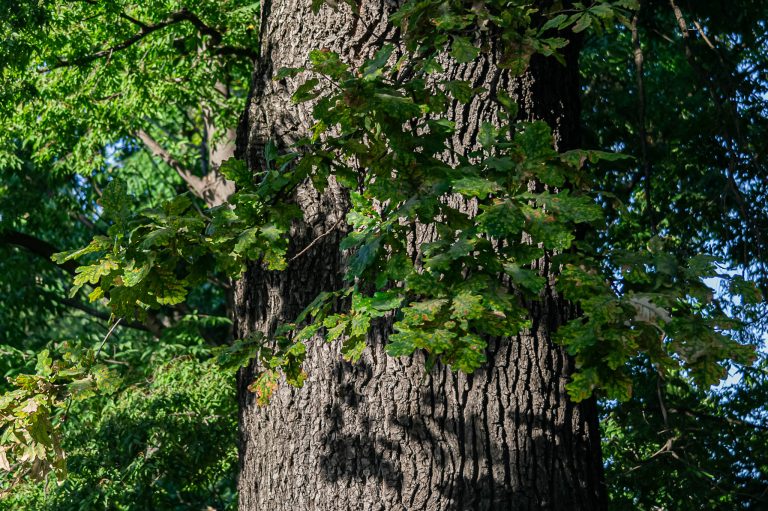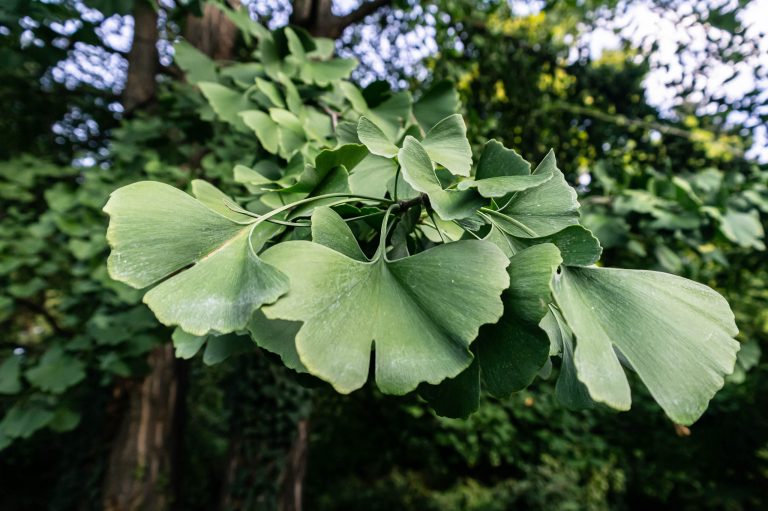Vrsta je cenjena u hortikulturi kao ukrasna, a često se sadi u drvoredima. Može se koristiti kao osnova za kalemljene domaće leske i kvalitetno drvo za ogrev. Drvo mečje leske se može koristiti i u industriji nameštaja, a od jezgra ploda se dobija ulje.
U Srbiji je zaštićena vrsta.
Turkish hazel is a deciduous tree whose range includes southeastern Europe and southwestern Asia. It inhabits the Balkans, northern Turkey, and northern Iran. The fruits, hazelnuts, appear in groups of 3 to 8. They are round, partially flattened, and have a thick, firm shell (pericarp). The name of the species comes from the Greek korylos (helmet), referring to the firm shell of the fruit. The seed is relatively small, up to 2 cm, edible and tasty. The species is valued in horticulture as an ornamental plant and is often planted in tree lines. It can be used as a rootstock for grafted hazelnuts and high-quality firewood. The wood of the Turkish hazel can also be used in the furniture industry, and oil is extracted from the kernel of the fruit.
In Serbia it is a protected species.

